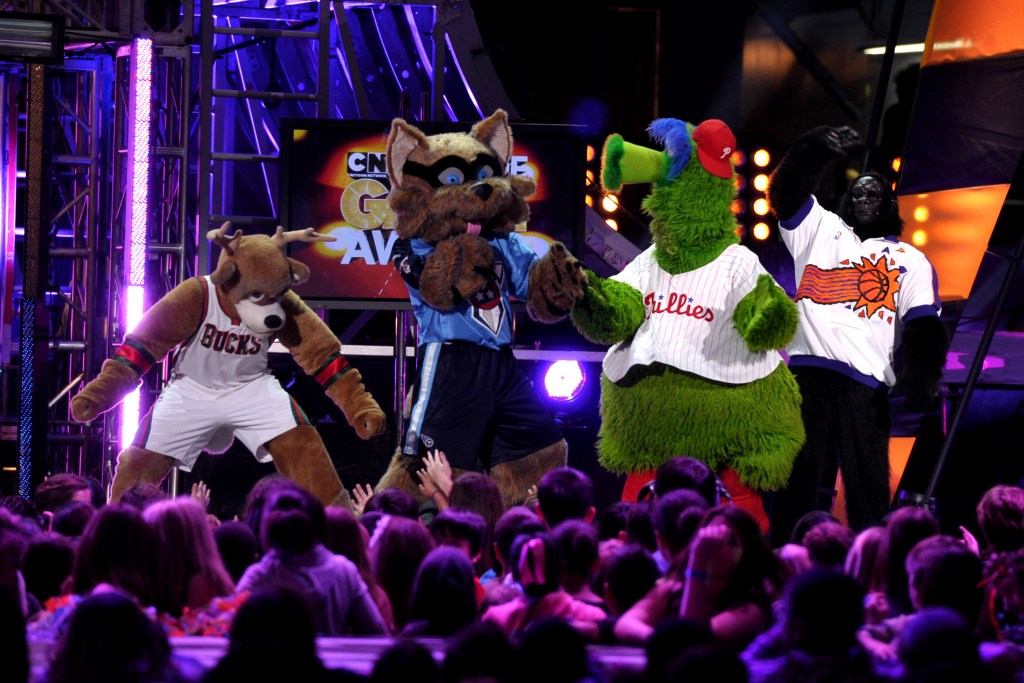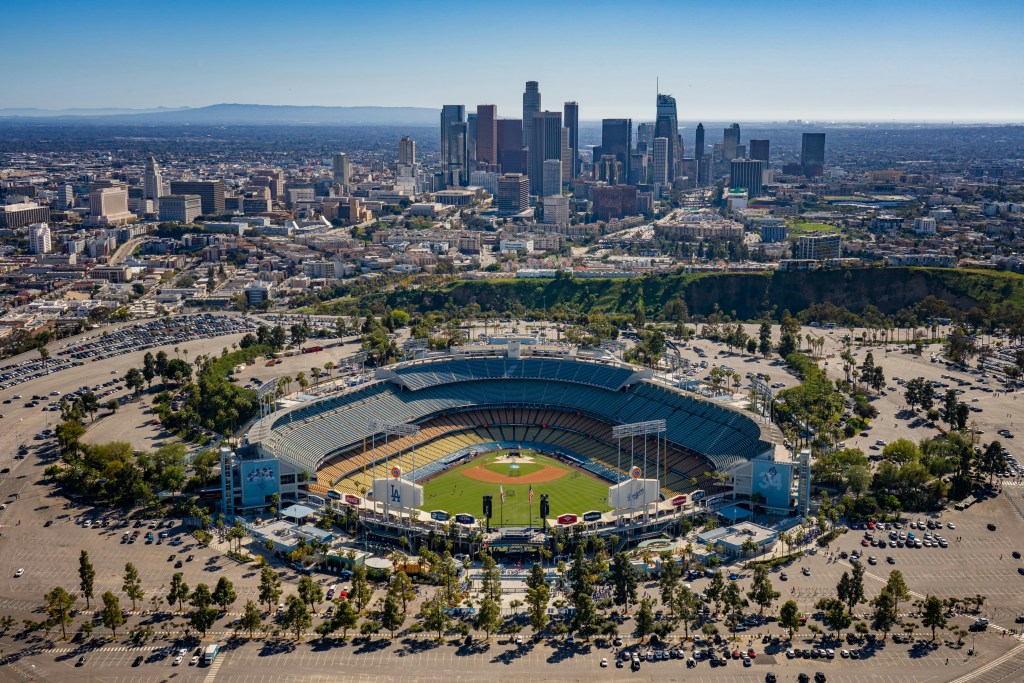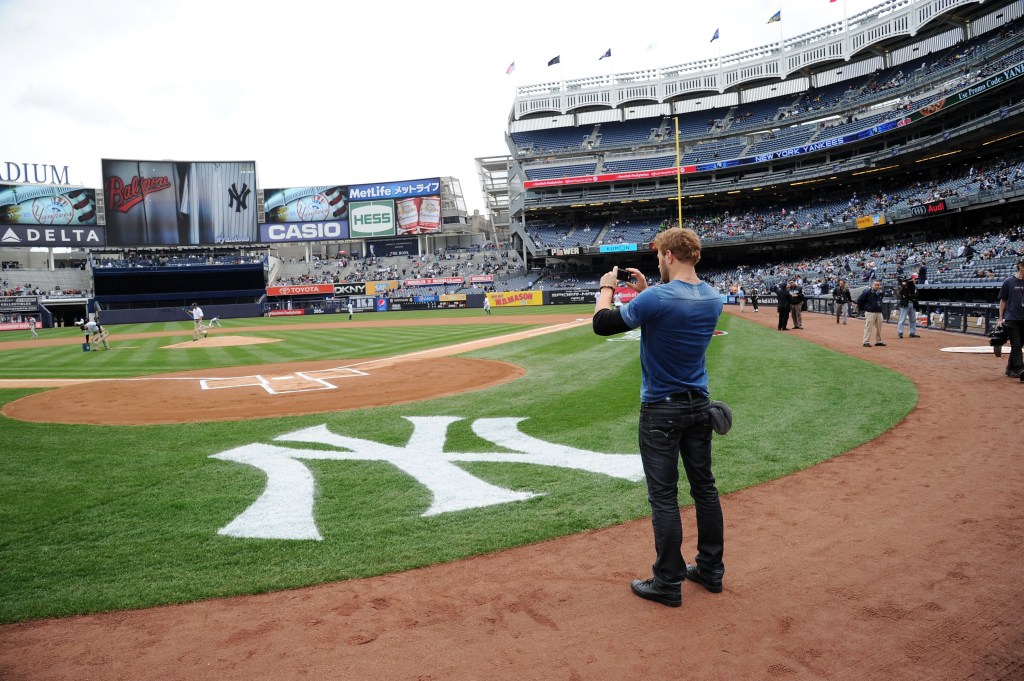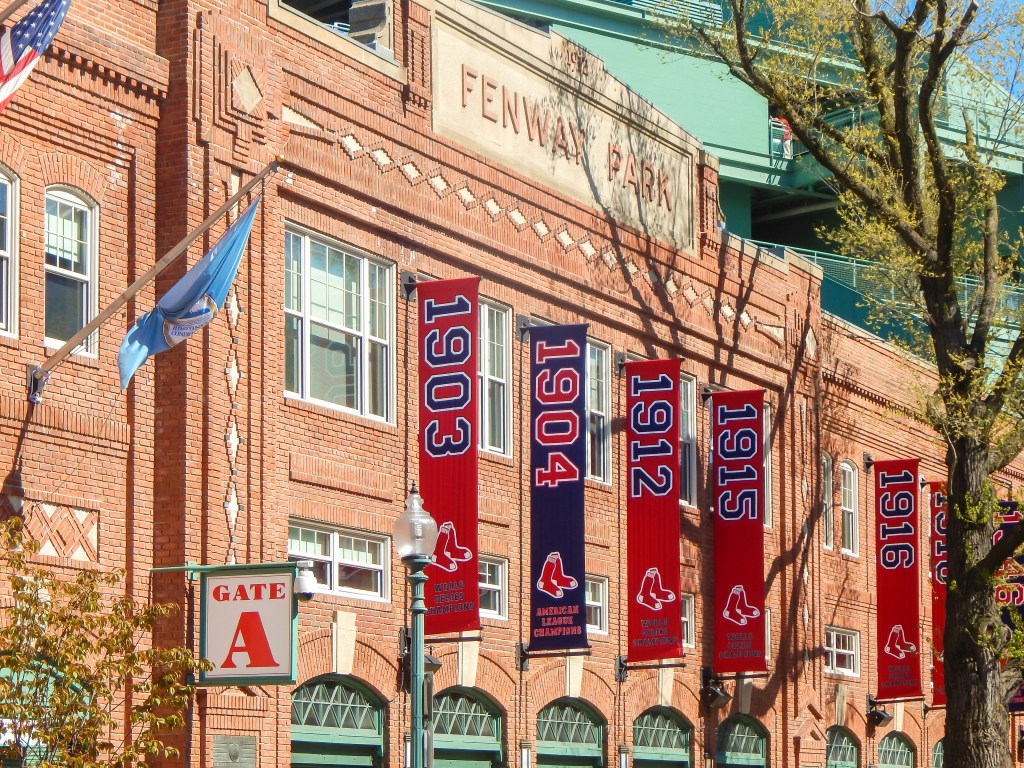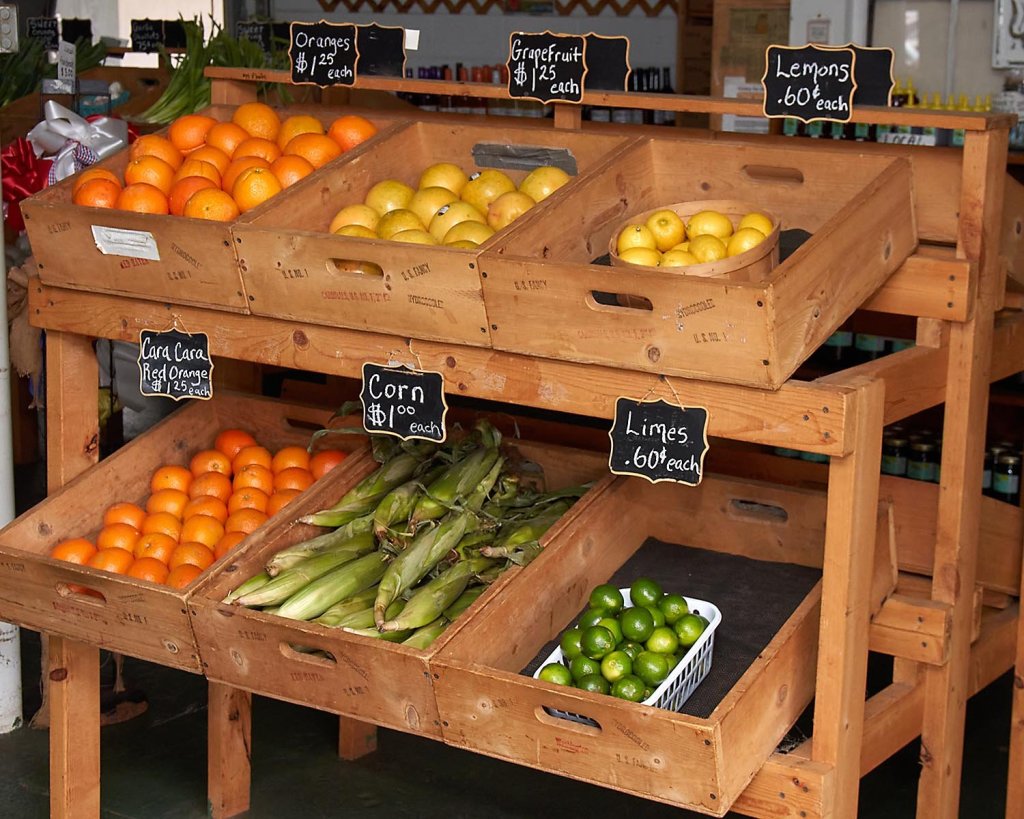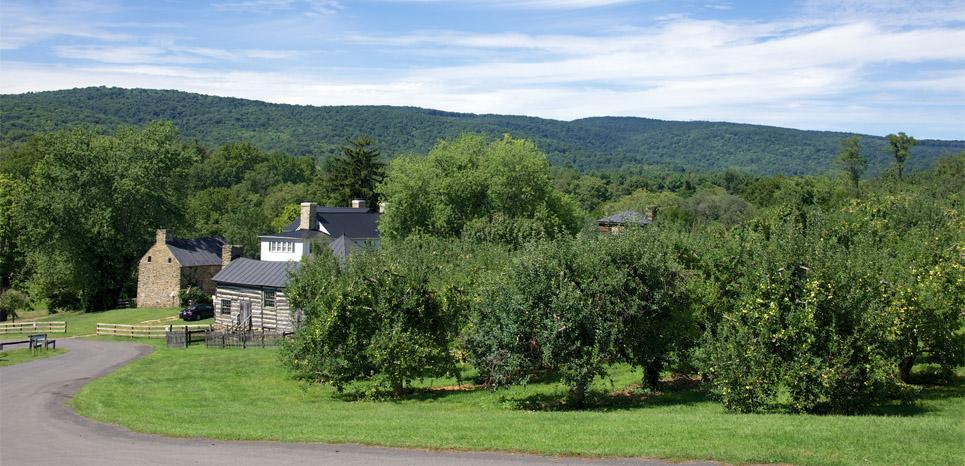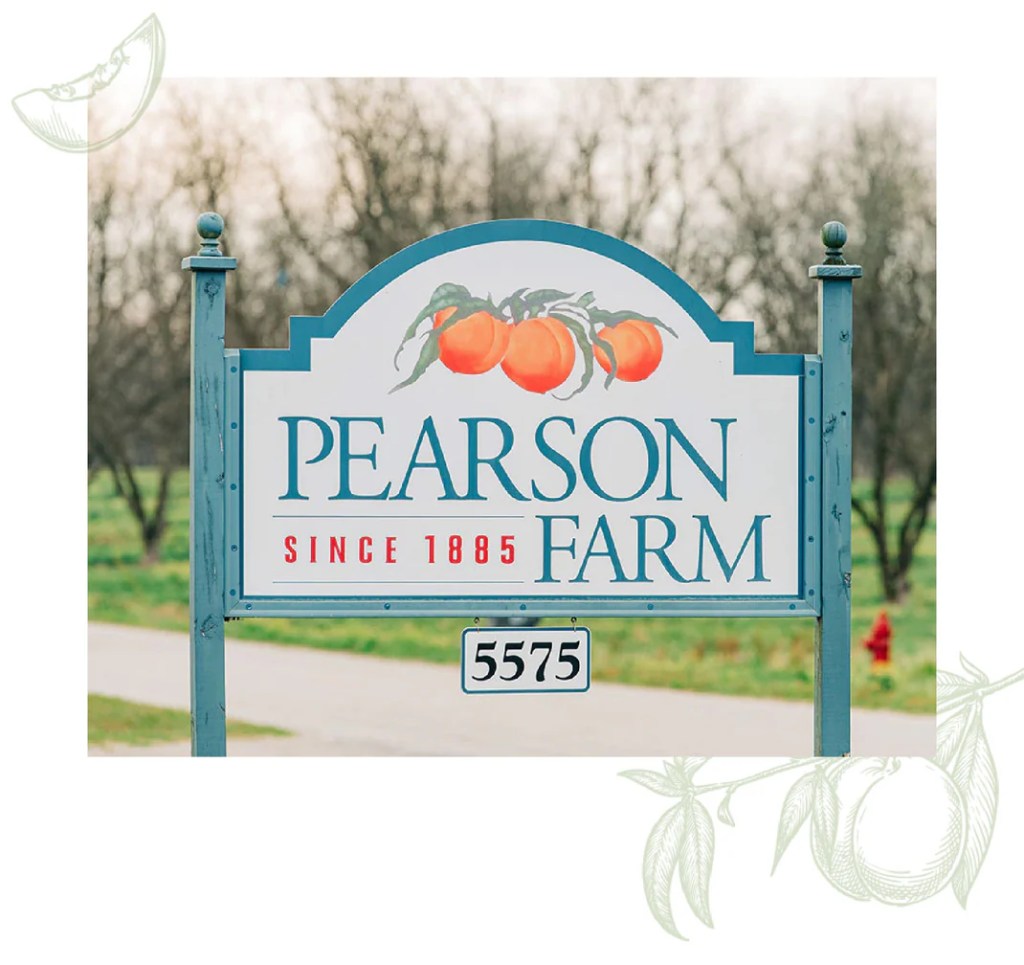Advice abounds on how to keep your sanity and health intact on long-haul flights.
There are dozens of suggestions, from travel-centric health products to tips from physicians on how to stay healthy 35,000 feet in the air.
Overwhelmingly, one of the focuses is diet.
Experienced travelers and doctors alike know that plane cabins aren’t great for our health. The air is stale, the food is subpar, and the pressurized cabin can do tricks on your gut.
If you’re facing a flight that’s longer than a few hours, what you ingest directly impacts how the first day or two of your trip will go.
Unfortunately, finding good food and healthy drinks in airports and on planes is a notoriously difficult thing.
In general, passengers on long flights need to be conscious of things like salt content, acidity, potential bloating, and dehydration. But what foods and drinks do travelers actually need to avoid?
When researching this article, I’ve come across some pretty strange advice—including avoiding chewing gum. I don’t think a single stick of chewing gum will cause any bloating. I’m also suspicious of avoiding food and water altogether on a six-hour flight.
Let’s take a more measured approach to eating and drinking before and during long flights. I’ve got recommendations on what you should try to avoid, as advised by flight attendants, doctors, and experienced flyers.
Before you fly, avoid these foods and drinks…
Carbonated drinks
Changes in air pressure can cause some people to experience added bloating and gas while in the sky. If you’re someone who gets the Boom-Booms (let’s go with that), avoid carbonated drinks before your flight. These drinks can actually do more damage when drunk right before boarding, creating adding pressure and bloating in your gut.
Red meat & fried foods
Foods that are high in fats, oils, and carbs can cause some serious heartburn during flights. Similar to carbonated drinks, you should have a good understanding of how your body handles these foods. So if you’re already prone to heartburn, then cross both off your list of pre-flight meals.
In addition to heartburn, you might also notice the effects of all that salt. If you’re prone to dehydration, eating red meats and fried foods can also lead to issues like swelling and fluid retention.
Alcohol & caffeine
Both alcohol and caffeine are diuretics, meaning they’ll dry you out and dehydrate you. Though caffeine isn’t as serious of an offender as alcohol, you might notice headaches and nausea when drinking either. At worst, you might even deboard your flight feeling hungover. Talk about a bad way to start a vacation.
If you really don’t think you can cut out that cheeky pre-flight wine and/or cappuccino, then try to drink a serving of water between each drink. That should help partly mitigate the dehydrating effects of these drinks.
On the flight, avoid these foods and drinks…
Avoid the water—including coffees and teas
In case you didn’t know, the water served on planes is egregiously disgusting—as in, the ‘e’ in egregious stands for E. Coli.
That’s because drinking water in planes is stored in tanks that aren’t part of the standard cleaning routine. In other words, they’re even dirtier than all those ice machines you’re told to avoid at restaurants.
Unfortunately, that means you shouldn’t be having tea or coffee offered by the flight attendants. Keep bottled water with you at all times. Or, if you prefer to carry your own water bottle, refill it before the flight.
Foods that cause bloating
Foods that cause bloating… sounds pretty vague. Again, it’s up to you to know your body.
Usually, the culprits here are legumes, nuts, and fibrous veggies like cauliflower and broccoli. This might be confusing, as we’re used to doctors pushing us to eat more of these food groups. (They’re high in fiber.)
But remember that note on air pressure—it can easily cause gastrointestinal distress. If you notice that your gut struggles to digest a certain food, skip it—even if it’s one of the healthier options.
Salty treats—including Bloody Marys
Dehydration, as you might have noticed, is a big issue while flying. Salty treats (and drinks) exacerbate all the existing risks of dehydration.
The more dehydrated you become, the more prone you are to headaches, fatigue, and even brain fog.
So if you’re in the mood for a snack on a plane, you’re better off going for a sweet selection. But don’t overdo it, either, as high sugar content can also throw off your digestion.
Alcohol in general
Yet again, we have a dehydration culprit. Alcohol, like high-sodium snacks and drinks, can suck the moisture from your body.
But that’s just one of the threats when it comes to having wine or whiskey on a flight.
In addition to dehydration, you also face risks related to cabin pressure. It tends to intensify the effects of alcohol, which can send you into a stupor. One that you wake from with a pounding headache.
Raw fruits & veggies
Avoid raw fruits and veggies provided by the airline. (You’re more than free to bring your own; more on this below.) The reason behind this is the bacteria and contaminants floating around that airplane.
Compared to other foods, it’s easy for fruit and veggies to go bad—putting you at a higher risk of getting a stomach bug while 35,000 feet in the air.
Should you pack your own meals and drinks?
This is probably the most robust solution to eating well on a long flight.
Again, the advice above is pretty general—only you know how your body and gut respond to different foods and drinks, especially when in a dry-as-hell and pressurized airplane cabin.
If you’ve noticed that a particular food group does you well before a long flight, then stick to what works. Make it beforehand and bring it with you. (No tuna fish sandwiches, please.) While you might not finish everything you bring, you’ll at least be in control of what’s available to you.

